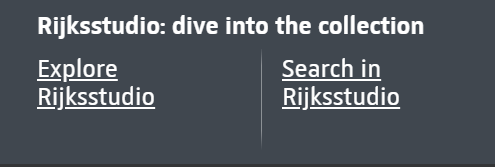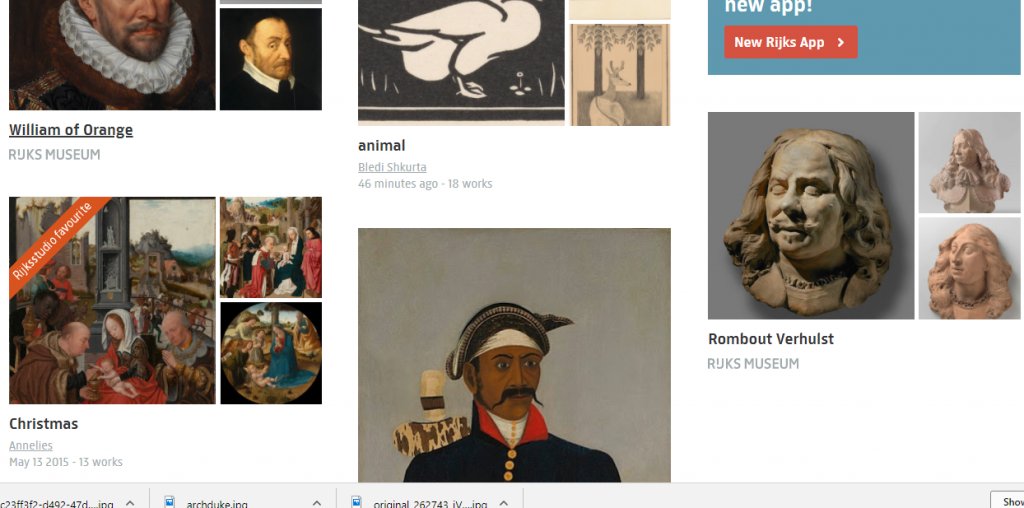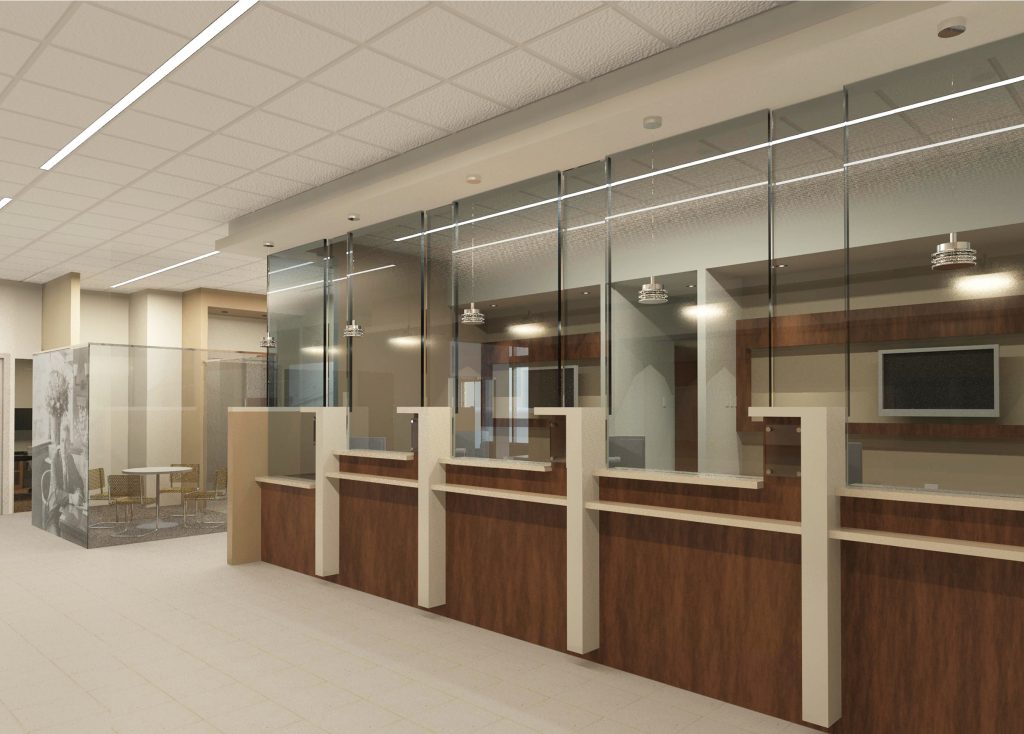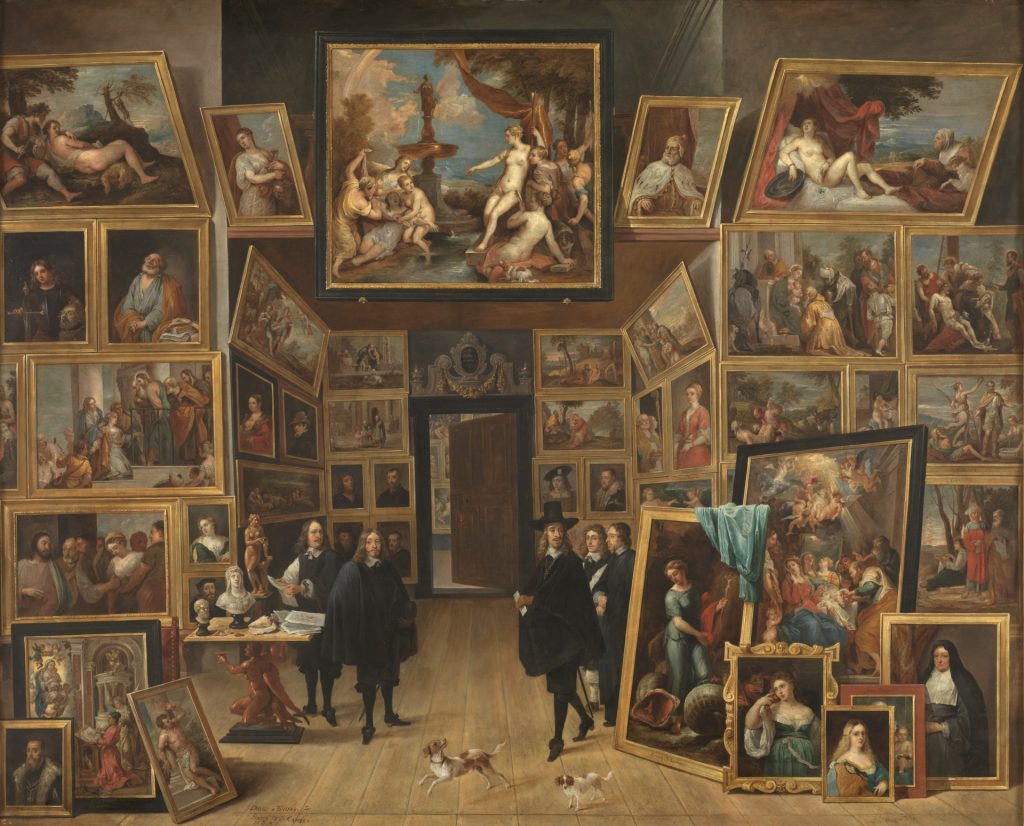The readings of late have been of particular interest to me as this week I am teaching my seventh grade students about how to begin research on their oral history topic. As most are grappling with putting context around what their grandparents have shared with them, knowing where to start can be difficult.
The imagery posed by Mitchell Whitelaw in Generous Interfaces for Digital Public Collections was particularly helpful to me in reflecting with my students about what searching really entails. He describes wandering into a sterile museum lobby and handing a written query to an attendant who will retrieve matching items in the collection. The items are trucked out a few at a time, but it is difficult to know how effective the search has been because it is impossible to get beyond the wall to see everything in the collection. Sometimes it takes asking a subsequent question a different way to find something that is actually helpful.
The readings also helped me to reflect on the idea that “recordkeeping systems tend to reflect the structures and power relations of the organisations that create them.” Students desperately want to “search it up on Google” without realizing that the powerful algorithms that drive the search engine may not provide the information they are looking for because it’s not a site that received a lot of hits previously. A case in point is my recent discovery of The Raid on Deerfield digital history site that is incredibly helpful to the research of one of my students; however, it is a serendipitous discovery and not one that has shown up in her queries relating to her family history project.
For students who are just learning to research in the “deep end” of the pool, these experiences can be daunting. In fact, many times their first forays into research are belly flops or even worse, a scrape of the diving board. Trying again isn’t something they want to do. As a teacher, I need to help them to learn to navigate the search process successfully so that they can get past those initial barriers in order to find the rich content that can turn a belly flop into Olympic gold – or, to continue with Whitelaw’s metaphor, to move past the teller window and open up the vault.
While the above reflections have more to do with larger searches relating to the internet, I have been considering how search and engagement might relate to how I can design an archive for Weaving Our Story that lends itself to being a competent CMS (content management system) for our documentary archive while still providing a rich engagement with history for my users – grandparents, prospective parents and other teachers who might want to embark on a similar project.
I have a “founding collection” of documentaries that have been created over the past few years, and in the past week, I have gathered a variety of images and video from open content collections from around the world. That experience in and of itself has been very valuable as I have compared how different museums and archives structure how their collections are presented and managed. On a much smaller scale, I would like to find a way to design exhibits or overviews that connect a collection of items that invite the viewer to dive in to the individual components.
The challenge seems to be designing that level of engagement within the structural confines of Omeka. While it is a powerful open source CMS and exhibit tool in the hands of a skilled programmer, I am not as skilled in making my content “pop” visually in a way that draws people into the collection. Instead of the design of the search algorithm being the difficulty, it is the flexible design of the tool itself that can be limiting in the hands of a novice. I am working to understand how WordPress and Omeka might work together in rigorous archival publishing without having the background knowledge necessary for programming a rich visual interface.


